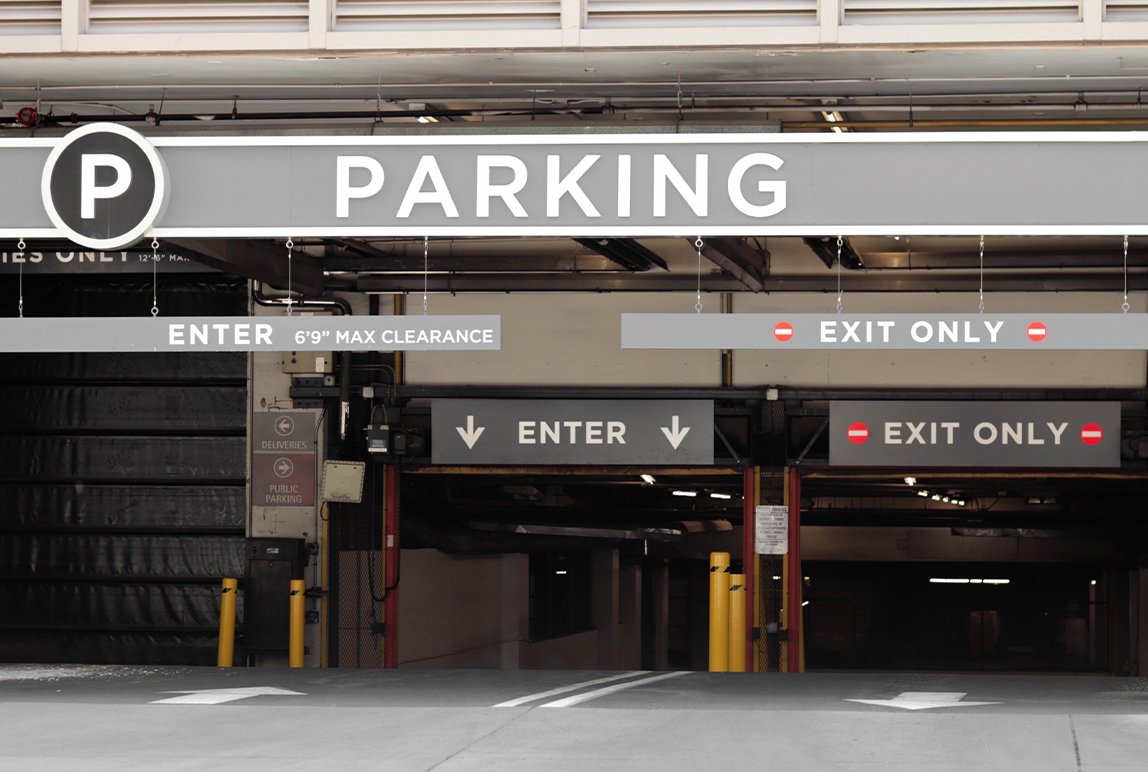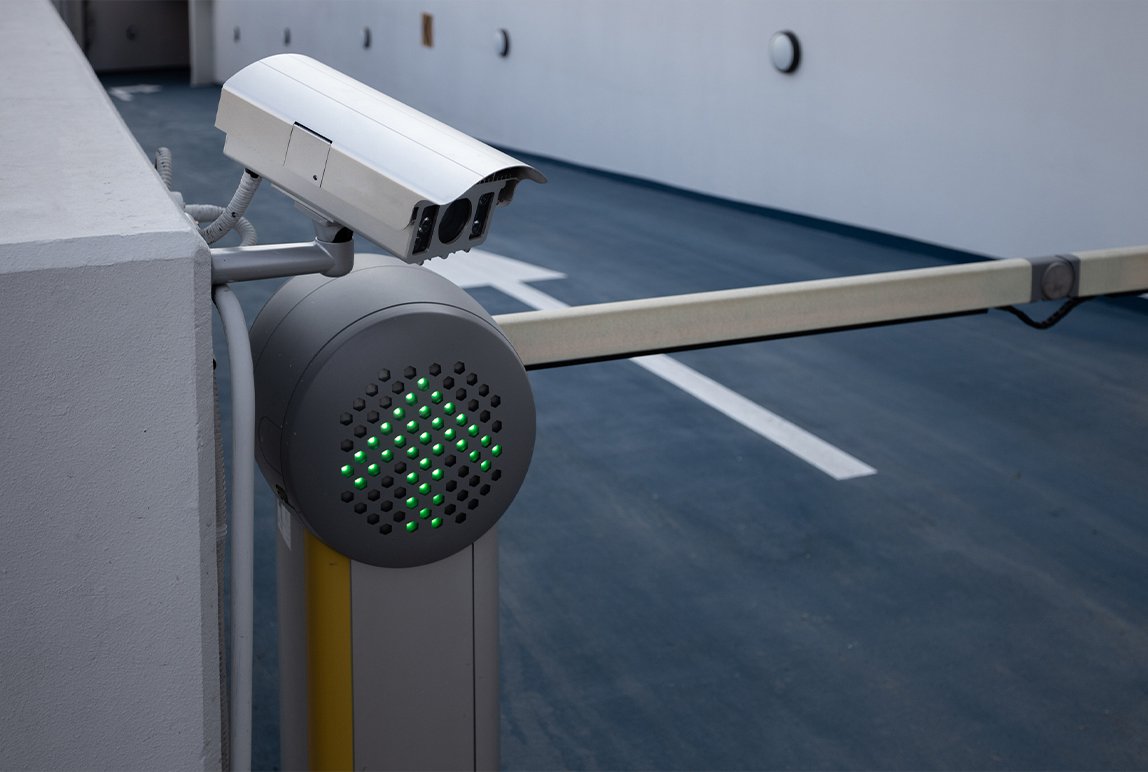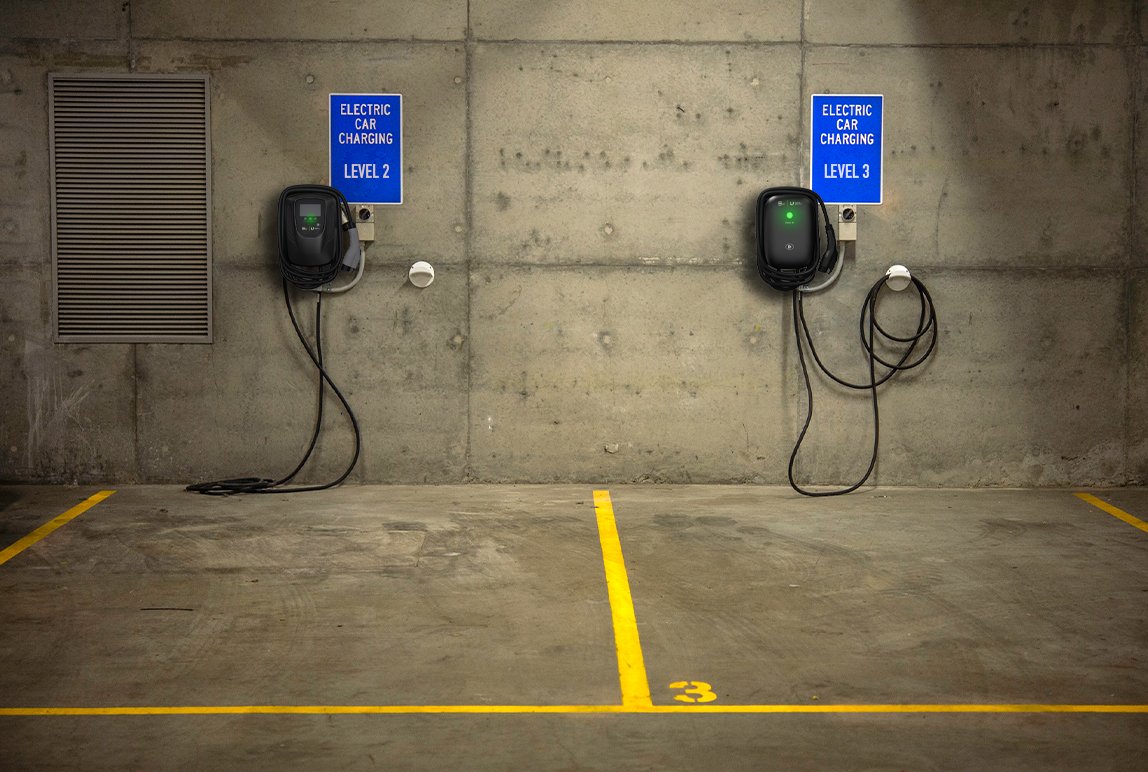Validation Solutions: An Introduction
Posted: Apr, 20, 2021 3:34PM ET • 4 min read
There are two main types of validation solutions that parking facility operators can choose from — virtual and physical — and which they choose will depend on both the equipment they have installed and the type of service they’d like to offer to their tenants and customers.
Virtual validations are completed with an active connection to the cloud or a parking solution’s central management system. In a non-gated environment, it might mean using a tablet at a medical office reception desk to enter your license plate number so enforcement officers know not to ticket your vehicle.
Physical validations, on the other hand, are those that are produced either using physical equipment or in advance. In advance, physical copies can be printed in large batches to distribute at trade shows, or a movie theatre might choose to email you a barcode to scan to gain free entry (or discounted exit) at the show. In a more “on the spot” scenario, this can entail a grocery store cashier using a small thermal validator to apply a discount to an entry ticket that was obtained at the entry terminal of a gated parking lot.
Regardless of the type, businesses of all kinds offer validations as a way to promote themselves to prospective customers or increase loyalty among existing customers, all with a view to increasing revenues. Some of the common discount types that can be offered in both online and offline modes include:
Dollar-value discount: a fixed-rate discount on the total parking fee
Percentage discount: a variable discount which can be configured to offer up to a 100% discount for no-charge parking
Time discount: a fixed-rate discount that offers, for example, free parking up to a configurable limit beyond which patrons are expected to pay at the advertised rate
So, how do they work?
Virtual Validations
Virtual validations” are commonly offered in multi-tenant or multi-residential environments where each occupant is allotted a certain number of parking instances on a recurring basis.
For instance, a resident of a condo building may be offered five free guest parking sessions per month as a benefit that comes with living in the building. Upon arrival, guests would enter their vehicle information on a tablet in the reception area, registering the parking session as valid for enforcement officers and deducts one parking session from the resident’s allotment.
The technology works on the same principles for professional offices, such as clinics, where a similar registration system might be located at a reception desk if it’s stipulated in the tenancy agreement. These systems are fully configurable to offer a range of discount types and generally come with a suite of reporting capabilities that allow a parking operator to charge lost revenues back to the relevant tenants as needed or make other informed business decisions. Reporting usually include the most common output types: .xlsx, .csv, and .pdf.
These solutions are also often designed to integrate with a variety of other cloud-based PARCS technologies, whether pay-by-license-plate parking meters in non-gated lots, automatic license plate recognition software controlling access in gated solutions, and handheld or vehicle-mounted enforcement software.
Some technologies even turn smartphones into mobile validation machines, using an app to scan an entry ticket and select a validation option, then uploading that validation to the cloud to be drawn from at a pay station or exit terminal.
Physical Validations
Physical validations leverage PARCS equipment’s network connections as much as virtual validations do to apply discounts to parking in real time. Instead, the major difference lies in whether the discount is created in advance or “on the fly.” These are also commonly referred to as coupons or chaser tickets.
These validations typically take the form of barcodes or QR codes programmed with all the same validation types as their virtual counterparts — that is, fixed-rate discounts, percentage discounts, etc. They can also be offered to customers in a wide variety of ways, such as a chaser ticket to accompany a pulled entry ticket in a pay station or exit terminal, printed cards to be distributed at networking events to be scanned at an external barcode reader, or a QR code emailed to customers and displayed on their smartphone.
Also like online validations, these come with a full range of reporting capabilities and can be programmed to expire on a set date (e.g., hotel or permitted parking with in-and-out privileges) or after so many uses (e.g., a store’s promotional offer).
Share Article:
Featured Articles
ABOUT THE AUTHOR
Herbert Cheng
PMP | Manager, Projects
Herbert is part of Precise ParkLink’s Research & Development team as their Manager, Projects. Herbert is a graduate of the University of Waterloo with a Bachelor of Applied Science in Mechatronics Engineering, as well as a Project Management Professional (PMP), certified by the Project Management Institute. Among his many achievements with Precise ParkLink, including his work on monitoring, access, and guidance systems, is the monthly subscriber system that he was instrumental in developing as a custom solution for Toronto’s Pearson International Airport, and which we now proudly offer to our clients as IPASS. The innovative solutions he works on have been critical to Precise ParkLink becoming the industry leader it is today.
Questions?
Fill out the form below and we will do our best to connect you with a suitable contact.












